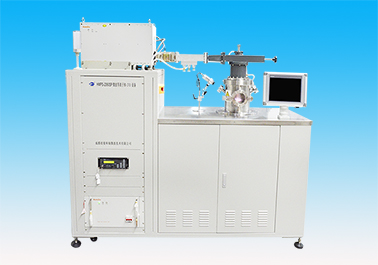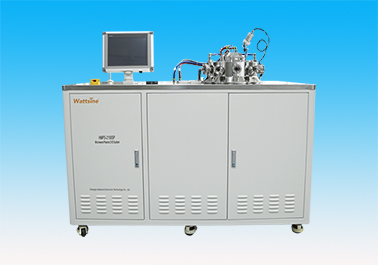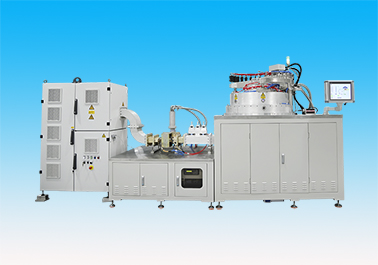Preparation process and necessary conditions for CVD monocrystalline diamond
The preparation process of CVD (chemical vapor deposition) diamond has clear process parameters: usually in the temperature range of 700~1200 ℃, under the negative pressure environment of 1atm (standard atmospheric pressure, 1atm=1.01325 × 10 ⁵ PA), the diamond material is formed by deposition in the reaction atmosphere of H ɑ/ch ₄ mixed gas (or other carbon containing gas).
Compared with the diamond prepared by traditional high temperature and high pressure (HPHT) method, CVD method has significant advantages: the required equipment structure is simpler, and it can achieve the deposition of larger size diamond. It is these core advantages that make CVD become the preferred technology path for preparing def grade single crystal diamond (high purity and high optical quality).
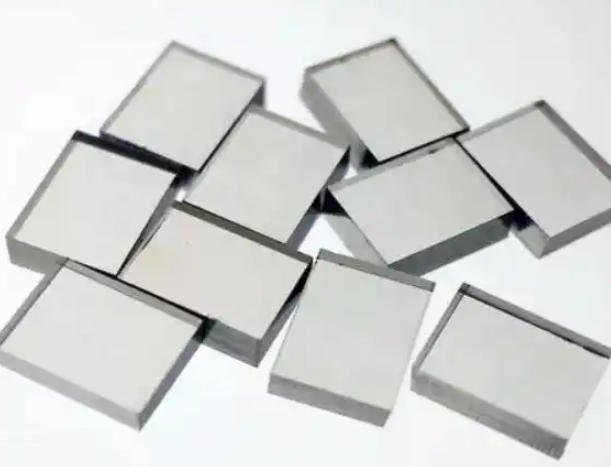
1、 Mainstream preparation process of CVD single crystal diamond (taking MPCVD method as an example)
Microwave plasma chemical vapor deposition (MPCVD) is the mainstream technology for the preparation of single crystal diamond by CVD. Its core principle is to use microwave energy to excite reaction gas to form plasma, and then realize the deposition of single crystal diamond by the interaction of plasma and substrate. The whole synthesis process can be clearly divided into three core stages, and the specific process is as follows:
1. carbon atom decomposition stage
Under the process conditions of high temperature (700~1200 ℃) and low pressure (<1atm), the alternating electromagnetic field generated by the microwave equipment will excite the energy of the H ɑ/ch ₄ mixed gas introduced into the reaction chamber, dissociate the gas molecules, and finally form the carbon based plasmon active groups containing active carbon atoms, providing the core "raw materials" for subsequent deposition.
2. activated carbon transportation and surface reaction stage
After the dissociated reaction gas is converted into the corresponding chemical group, it will complete the flow, diffusion and transportation in the reaction chamber, and a series of gas-phase chemical reactions will occur with other chemical groups. Under the dual induction of temperature gradient and concentration gradient in the cavity, the active carbon groups in the plasma will be directionally transported to the surface of the substrate (substrate) and preferentially concentrated in the region with low nuclear energy.
Subsequently, multiple key reactions will occur synchronously on the substrate surface, including the adsorption and desorption of active groups, material migration, and final cooling deposition. In this process, the newly generated chemical groups and groups generated by gas dissociation will continue to participate in the reaction, laying the foundation for crystal growth.
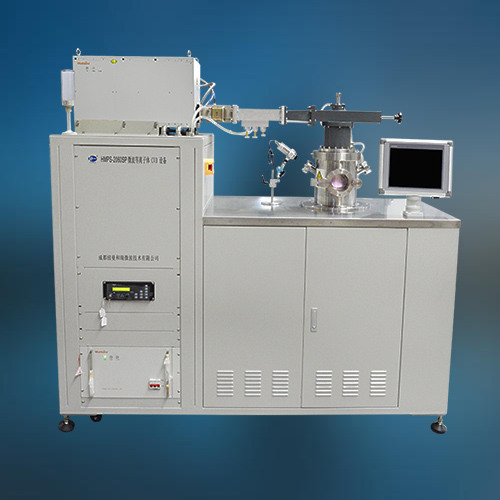
3. crystal growth stage
When the size of carbon clusters gathered on the substrate surface reaches the critical size of nucleation, stable diamond nuclei will be formed; Thereafter, the crystal nucleus will continue to adsorb the surrounding carbon atoms and active groups, and gradually complete the crystal growth. With the development of technology, the growth rate of diamond crystal under CVD technology is faster and faster, and the synthesis cycle is shorter and shorter. Taking MPCVD equipment as an example, 1 carat (about 0.2 g) of diamond can be prepared. At present, the average growth cycle of diamond crystal can be 15 days, but it depends on the growth process.
2、 Necessary conditions for CVD deposition of single crystal diamond
In order to successfully complete the deposition of CVD single crystal diamond, the following four core conditions must be strictly met, none of which is indispensable:
Gas activation conditions: the reactive gas (H ɑ/ch ₄ or other carbonaceous gas) must absorb enough energy to reach the dissociation activation state to form reactive groups;
Conditions for the formation of carbon containing groups: it is necessary to ensure that the carbon containing gas is effectively dissociated under energy excitation to generate carbon containing active groups that can participate in deposition, which is the core material basis for crystal growth;
Substrate pretreatment conditions: before the deposition process, the single crystal diamond substrate must be pretreated (such as surface cleaning, lattice matching adjustment, etc.) to ensure the stable formation and directional growth of crystal nucleus;
Energy threshold condition: the energy input to the reaction system needs to reach a specific value to provide sufficient driving force for the process of material adsorption/desorption, migration and cooling deposition on the substrate surface, so as to ensure the stable deposition of carbon atoms in the diamond crystal structure.
- > Preparation process and n··· 2025-09-24
- > Preferred Method for High··· 2025-09-19
- > Hueray microwave 75kW lar··· 2025-07-16
- > Choosing the Right Microw··· 2025-06-30
- > CVD Deposition of Diamond··· 2025-06-27
- > Working Principle of MPCV··· 2025-05-20
- > Wide range of application··· 2025-05-09
- > A Brief Discussion on the··· 2025-04-10
Recommended Products












